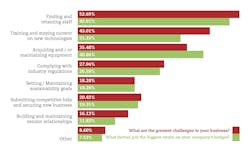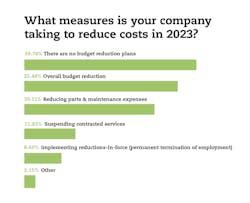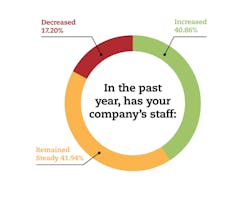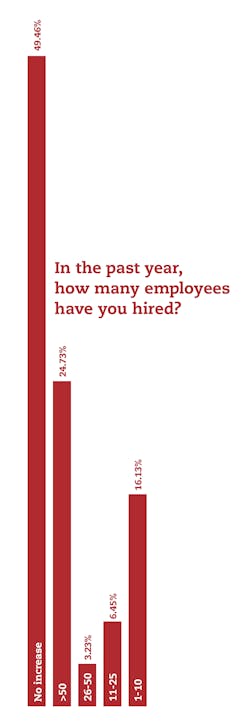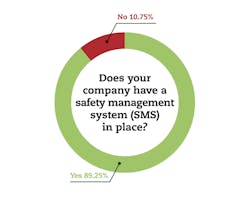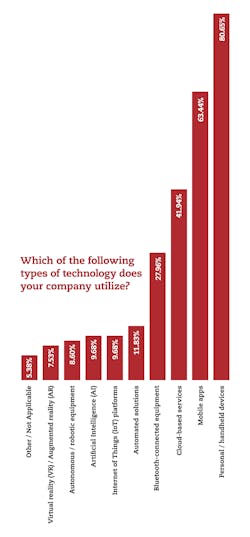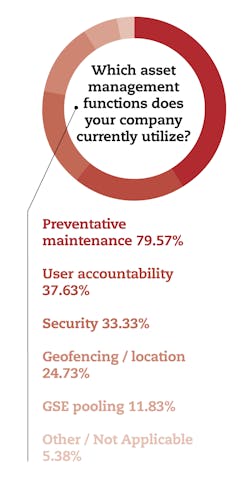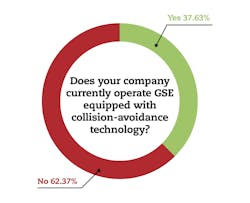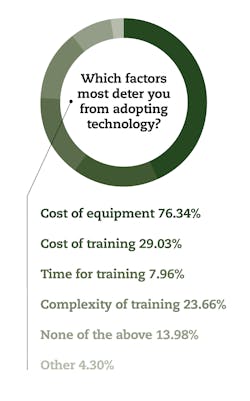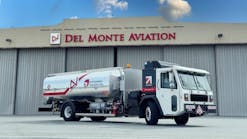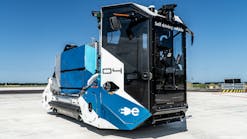As 2023 came to an end, Ground Support Worldwide conducted its annual survey of industry members to gather insight into various topics that directly impact the ground support equipment (GSE) and ground handling markets.
The feedback received from the survey is reflected below, allowing us to explore the trends shaping industry moving into 2024.
Overview
“Air travel’s ramp up since the pandemic has created more business opportunities for the majority of those polled. Only a slim margin of those polled reported being unable to keep up with current demand
“Barring any significant correction in the industry, in the economy, it’s going to continue to move forward. I’m very bullish, if you will, on the industry going forward,” says Louis Sorrentino, CEO and managing director at AvMaSSi.
For the second year in a row, the greatest challenge facing businesses in the ground support market was finding and retaining staff.
Along with staffing challenges, 43 percent of survey participants said training and staying current on new technologies was the second greatest challenge – up from 27 percent a year ago.
Workforce volumes decreased during the pandemic. Additionally, the ground handling environment can be challenging due to the physical requirements of the job, climate conditions and other challenges on the ramp.
“Trying to get today’s young worker to embrace that environment is really challenging. One of the best things we can do is give new employees, potential employees, a very good overview of what the work environment is going to be,” Sorrentino says, adding a career in aviation can be very exciting and rewarding.
“That being said, wages have been difficult in the industry, historically. Some regions are making better strides at that, but it still remains a challenge. A decent benefits package still remains a challenge,” he continues. “I think one of the biggest mistakes we’ve done as an industry is not provide new employees with a vision of where they can go within the expanse of aviation.”
When asked about acquiring and/or maintaining equipment, approximately 35 percent of those surveyed said both were challenges facing their business, and about 41 percent said equipment puts the biggest strain on their company budget. While these are still prominent challenges, these figures are down from 44 and 50 percent, respectively, from last year’s survey.
Supply chain bottlenecks are still impacting the majority of those surveyed. However, compared to last year’s data, supply chain challenges have improved slightly.
Personnel
Over the past year, the size of company staffs remained mostly steady. Only 41 percent of respondents reported an increase in staff size – compared to 50 percent a year ago. Conversely, 17 percent of those surveyed said their staff decreased – compared to 22 percent polled in 2023
“The operators I’m working with, they are seeing some stabilization of their workforce. People are coming back,” Sorrentino says. “I’m optimistic that the resource challenges will diminish.”
Steady employment figures may indicate an improvement in employee turnover rates. However, many companies across the ground support market still face turnover challenges. To help combat this, Sorrentino says pre-vetting potential employees is key, and scaling training programs to introduce people to ground handling can help.
“Once you see that they’re committed and can work in these environments, then transition them to full-time and additional training,” Sorrentino says.
Data collected for the 2024 survey shows a rise in safety management system (SMS) adoption, climbing from 83 percent last year to nearly 90 percent. Companies that reported 10 workplace accidents or fewer remained steady from last year’s survey results.
Equipment
The age of ground support equipment (GSE) is slowly decreasing as new equipment enters the market.
Almost 50 percent of those surveyed indicated the average age of equipment in their fleet was less than 10 years – compared to 43 percent a year ago.
While there is increasing interest in eGSE across the market, the long-lived nature of GSE is still prevalent. According to survey data, the majority of equipment in the field remains powered by diesel fuel or gasoline.
When asked about GSE budgets in 2024, fewer people polled expect a budget increase. However, 43 percent of respondents anticipate their budget would remain steady.
The U.S. Federal Reserve has announced its intention to lower rates in 2024 and 2025. While consumer spending may increase, it could take some time before the GSE market sees the same shift in spending, according to Jason Gendron, CEO at Mercury GSE.
“Interest rates have a lag effect, with about a six-month lag, to what the Fed does. What we are seeing now is the effects of raises in interest rates that happened last summer,” Gendron says. “The effect of interest rates being lowered may not be seen in 2024.
“I think it is a wait-and-see approach for aviation,” he continues, adding he is not certain the U.S. economy has hit peak inflation, nor a peak in rates. “There has been a lot of purchasing that has happened post-COVID, and this is the year it may slow down.”
Technology
Technology continues to play a vital role in aviation, and the ground support sector, specifically. GSE manufacturers are incorporating more tech into their equipment and ground handlers are relying on technology to increase efficiency.
Data collected in this year’s survey support this, as those polled indicated a steady increase in technology adoption. Specifically, those polled reported increased adoption of personal / handheld devices, mobile apps, cloud-based services, Bluetooth-connected equipment and virtual / augmented reality.
“The old-school SMS is a manual on the shelf and a form that you would fill out,” Sorrentino says. “The old-school paper, it’s done.
“If you address a hazard, and don’t write it down, you lose that institutional knowledge of that hazard ever occurring,” he continued. “Technology enables you to track and trap that information.”
The cost of equipment remains the top factor deterring more technology adoption. However, fewer survey respondents said the cost of training was a deterrent. The time it takes to train and the training’s complexity remain key factors when considering adopting new technology solutions.
Technology, like anything, must be scaled so it can be utilized appropriately for a given operation, Sorrentino advises.
“Some make an investment in a product that’s too complicated for their operation, and they never end up using it effectively,” he says.
“It has to be cost-effective to what the outcome is,” Sorrentino continues. “And it has to be trained.”
Summary
While the COVID-19 pandemic devastated the aviation industry, many of its impacts have subsided. According to the International Air Transport Association (IATA), air travel demand in November 2023 surpassed 99 percent of 2019.
“We are moving ever closer to surpassing the 2019 peak year for air travel. Economic headwinds are not deterring people from taking to the skies. International travel remains 5.5 percent below pre-pandemic levels but that gap is rapidly closing. And domestic markets have been above their pre-pandemic levels continuously since April,” said Willie Walsh, IATA’s director general.
As the ground support sector is closely tied to other segments of aviation, including commercial travel, cargo and more, more positive trends may be on the way.

